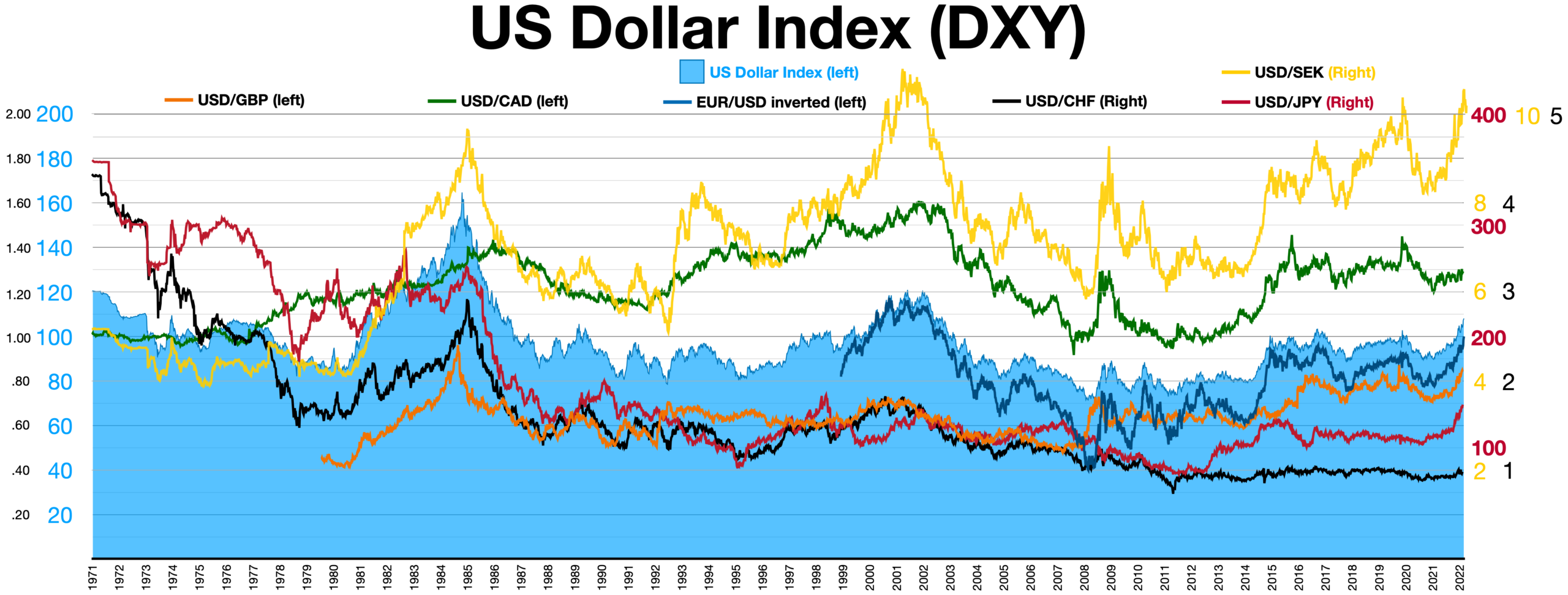In the ever-evolving landscape of television, the revival of classic TV shows has become a notable trend, captivating audiences and sparking discussions about the role of nostalgia in modern entertainment. From reboots to sequels, networks and streaming platforms are leaning into the familiar, providing viewers with a comforting sense of connection to the past. This blog post delves into why nostalgia matters, the cultural implications of reviving classic shows, and what this trend means for the future of television.
1. The Allure of Nostalgia
Emotional Connection
Nostalgia is a powerful emotion that evokes fond memories and a sense of belonging. For many viewers, classic TV shows represent a simpler time in their lives, often associated with family gatherings and shared experiences. Reviving these shows taps into this emotional reservoir, allowing audiences to reconnect with cherished moments from their past.
Cultural Significance
Classic shows often reflect the cultural values and societal norms of their time, making them a valuable lens through which to view history. The revival of these programs not only reignites fond memories but also offers contemporary audiences insights into the past, fostering a deeper understanding of societal changes.
2. The Business of Nostalgia
Market Demand
The entertainment industry has recognized the lucrative potential of nostalgia. With the rise of streaming platforms and the competition for viewer attention, networks are capitalizing on the established fanbases of classic shows. Revivals often come with built-in audiences, reducing the risks associated with launching new content.
Merchandising Opportunities
Classic shows can also open doors for merchandising opportunities. From clothing and collectibles to spin-off products, the revival of beloved series can generate additional revenue streams that extend beyond the screen.

3. Modern Twists on Classic Themes
Updating Storylines
While many revivals maintain the essence of the original shows, they often introduce modern themes and perspectives to resonate with contemporary audiences. This approach allows for the exploration of relevant issues while honoring the original content. For example, the revival of Will & Grace tackled topics like LGBTQ+ representation and social justice, reflecting today’s cultural landscape.
Incorporating Diversity
Many classic revivals seek to incorporate more diverse casting and storytelling, broadening the appeal and relevance of the original concepts. By embracing inclusivity, these shows can connect with new generations of viewers while also honoring the legacies of the original series.
4. Challenges of Reviving Classic Shows
Balancing Nostalgia and Innovation
One of the significant challenges in reviving classic shows is striking a balance between nostalgia and innovation. While viewers may be excited to see familiar characters and storylines, they also crave fresh content that reflects contemporary values. Revivals must navigate this delicate balance to avoid disappointing fans or falling into clichés.
Critical Reception
Not all revivals receive a warm welcome. Critics and fans alike can be unforgiving when it comes to reimagining beloved classics. Some revivals are seen as cash grabs or fail to capture the magic of the original, leading to disappointment. The challenge lies in creating a revival that honors the source material while offering something new and exciting.
5. The Future of Nostalgia in Television
Continued Interest
The revival trend shows no signs of slowing down. As long as nostalgia remains a powerful force in culture, audiences will continue to seek out familiar stories and characters. Future revivals may explore even deeper themes or lesser-known classics, catering to a diverse array of tastes and preferences.
New Platforms for Nostalgia
With the growth of streaming platforms, classic shows can find new life with updated formats or reimagined storytelling. The opportunity to engage with classic content in innovative ways will likely continue to evolve, offering viewers fresh experiences while honoring the past.
Conclusion
The revival of classic TV shows reflects a profound cultural phenomenon rooted in nostalgia. As audiences seek comfort and connection in a rapidly changing world, these revivals provide an avenue for reflection, engagement, and entertainment. By balancing nostalgia with contemporary themes and perspectives, the television industry can continue to honor the past while creating content that resonates with new generations. As we embrace the resurgence of beloved classics, we are reminded of the timeless nature of storytelling and its power to bridge the gap between generations.











